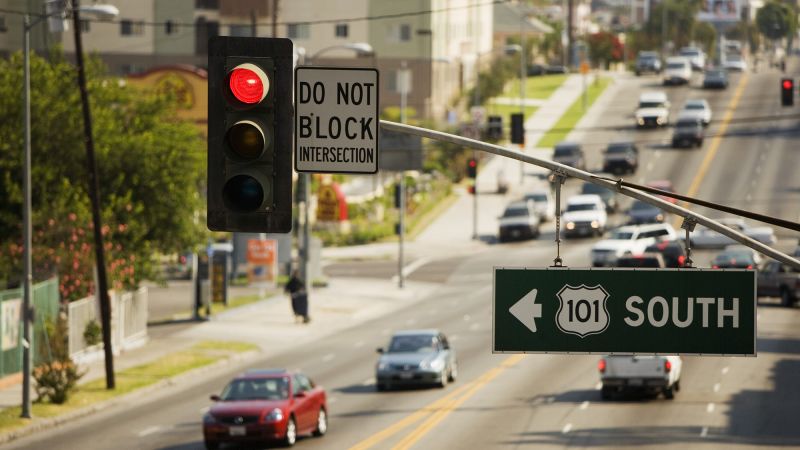
How the 1970s oil crisis created the right turn on red
CNN
In America, barreling through red lights on right turns has become a rule of the road. You’re likely to get honked at if you don’t speed through fast enough.
In America, traveling through red lights on right turns has become a rule of the road. Frequently, you get honked at if you don’t speed through fast enough. But the widespread driving practice is now coming under scrutiny, and facing government curbs, for being too dangerous. Years ago, right-on-red was mostly limited to California and a few other western states. Woody Allen famously declared in “Annie Hall” that he’d never live in Los Angeles because the city’s “only cultural advantage is that you can make a right turn on a red light.” Right-on-red spread across the country in the 1970s in response to the Arab oil embargo against the United States and oil rationing. States introduced it as a gas-savings measure: The theory was that it would reduce idling at red lights. Congress sped up states’ adoption of right-on-red laws with a provision in the 1975 Energy Policy and Conservation Act. It tied states’ eligibility for federal energy assistance to allowing right-on-red “to the maximum extent practicable consistent with safety.” By 1972, 13 states allowed RTOR, according to a legislative history of the practice in Connecticut. By the end of the decade, nearly every state in the country had it. (Although not New York City — and the patchwork of municipalities which do or don’t allow it only adds to the behind-the-wheel confusion.)











